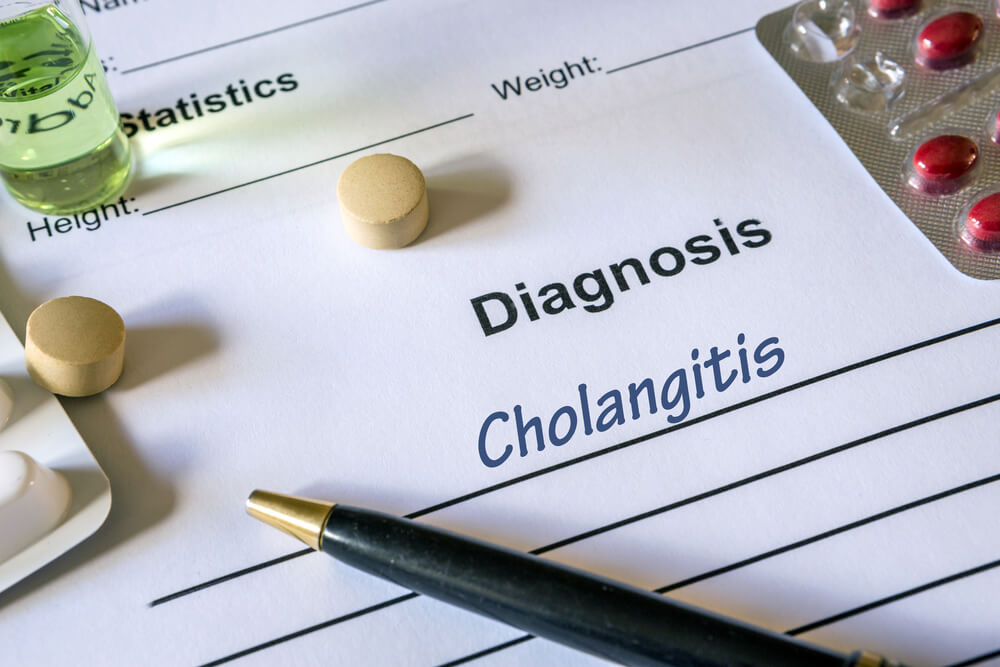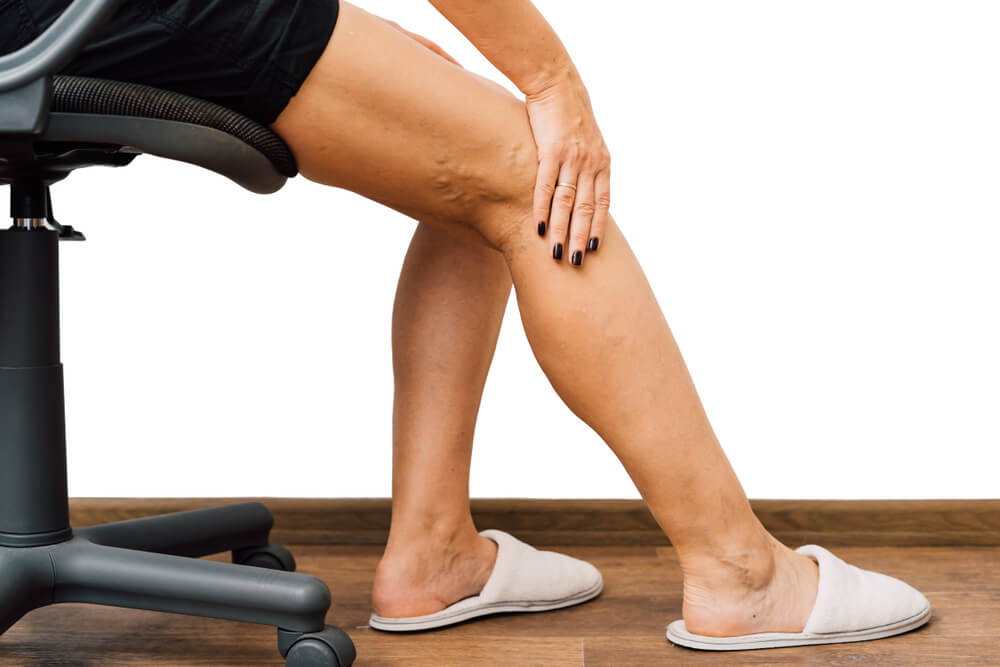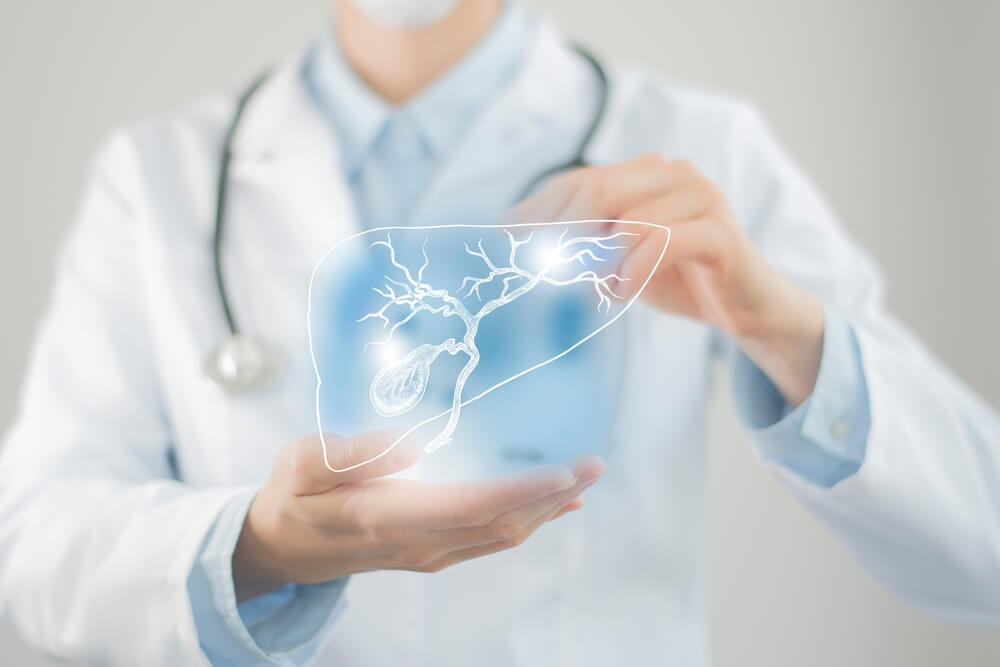What Is Cholangitis?
Cholangitis can be best described as a condition in which the bile duct becomes swollen or inflamed. According to the American Liver Foundation, the condition can be categorized as a liver disease type which can be broken into several subcategories:
- PBC or primary biliary cholangitis
- PSC or primary sclerosing cholangitis
- Secondary cholangitis
- Immune cholangitis
In this article, Dr. Omar Rashid and his expert team will discuss the main characteristics of bile duct inflammation, address the causes of cholangitis, its most prominent symptoms, and available treatment options.
The Role of The Bile Duct
The bile duct is responsible for carrying bile from the gallbladder and the liver to the small intestine. The bile is a yellowish-brown or green fluid that aids in digesting and absorbing fats. Also, it aids in clearing liver waste.
When these ducts get blocked or inflamed, the bile fluid can get back to the liver, leading to complications such as bile damage. Still, some types of cholangitis are only very mild, while others can even be life-threatening.
In this respect, experts differentiate two types of cholangitis:
- Chronic develops slowly over a more extended period, causing milder symptoms over months/years.
- Acute, which happens suddenly, causing symptoms abruptly.

Cholangitis Symptoms
Typically, the cholangitis symptoms the patient experience will depend on the type of condition they have and for how long. That said, every patient with cholangitis may experience slightly different cholangitis symptoms. Still, many of them will probably have the following:
- Dry eyes
- Itchy skin
- Fatigue
- Dry mouth
In the case of chronic bile duct inflammation, the most prominent cholangitis symptoms usually are the following:
- Pain in the upper ride side of your body
- Swollen ankles and feet
- Night sweats
- Muscle pain
- Hyperpigmentation
- Joint or bone pain
- Water retention
- Xanthomas or fat deposits around the body, such as, under the eyelids, eyes, knees, elbows, soles of the feet, and palms
- Greasy bowel movements or diarrhea, often clay-colored
- Weight loss
- Memory problems and mood changes
Acute cholangitis may often trigger different symptoms, which may include the following:
- Back pain
- Nausea
- Chills
- Vomiting
- Dark urine
- High fever lasting longer than a day
- Abdominal cramps or pain on the abdomen’s upper right side
- Jaundice
- Confusion
- Low blood pressure
In dom cases, cholangitis symptoms may also include the following:
- High cholesterol
- Enlarged or swollen spleen
- Swollen or enlarged liver
- Brittle and weak bones
- Underactive thyroid
The Causes of Cholangitis
There can be several that can lead to the development of the condition, while in other cases, experts can’t pinpoint the exact thing that leads to cholangitis.
In most cases, experts agree that chronic cholangitis may be a form of autoimmune disease, which means that the body is mistakenly attacking its own bile ducts, leading to swelling.
As the problem lingers, the inflammation may lead to liver tissue scarring and hard tissue growth within the ducts. Scarring can create a blockage or make the ducts narrow and hard.
On the other hand, the acute causes of cholangitis are often the following:
- Gallstones
- Tumor
- Blockages
- Bacterial infections
Sometimes, bile duct inflammation can develop due to environmental causes:
- Smoking
- Being exposed to infections
- Being exposed to chemicals
There are also risk factors that can increase the chances of developing the condition. These are:
- Genetics: Cholangitis may have a hereditary component to it
- Age: It’s most common between the ages of 30 and 50
- Gender: PSC is more prevalent in men, while PBC is in women.
Diagnosing Cholangitis
Fortunately, experts can diagnose cholangitis in various ways via several scans and tests. On that note, your healthcare provider may recommend one or some of the following tests if they suspect you might have cholangitis:
- Liver function tests
- CBC or complete blood count
- Cholesterol test
- Blood culture test
- Anti-mitochondrial antibody test
Several imaging test types are available to enable doctors to see how the ducts and the liver function. Even though these tests aren’t always necessarily needed, they can aid the doctor in confirming a more precise diagnosis and rule out other diseases which may produce similar or the same symptoms. These tests may include the following:
- Ultrasound
- MRI scans
- CT scans
- ERCP or endoscopic retrograde cholangiopancreatography
- PTC percutaneous transhepatic cholangiography
Apart from all this, patients may be recommended to give stool, urine, or bile samples.
Cholangitis Treatment
There are usually different treatment plans to address acute and chronic cholangitis, mostly based on the things that cause the problem. Cholangitis treatment will also depend on when the patient receives the diagnosis. Both of these conditions can lead to severe complications if left unaddressed.
Early treatment is extremely pivotal for making a swift and complete recovery. For that, providers may recommend penicillin, metronidazole, ceftriaxone, ciprofloxacin, or other antibiotics for at least up to ten days.
On the other hand, they may also recommend the following procedures:
- Bile duct drainage
- IV fluids
Unfortunately, chronic cholangitis will often not respond to medications. Still, a compound called ursodeoxycholic acid may help with protecting the liver, but it won’t be able to help with cholangitis.
For chronic cholangitis, treatment options will often include the following:
- Symptom management
- Liver function monitoring
- Several procedures that can open blocked bile ducts
Procedures for both acute and chronic cases are:
- Percutaneous therapy
- Endoscopic therapy
- Liver transplant
- Surgery
On the other hand, patients may also need treatment to manage the side effects of the disease, such as digestion problems, bone weakness, and hypertension.
Cholangitis Complications
If left untreated, cholangitis can lead to serious health issues, such as:
- Gallstones: The blocked bile duct may harden into stones, leading to infections and pain.
- Enlarged spleen: When liver function is impaired, it can’t filter out toxins and waste, and old blood cells may collect in the spleen, causing swelling.
- Liver problems: Untreated cholangitis can cause cirrhosis, slowing down liver function, and may even cause total liver failure. It may also increase the risks associated with liver cancer.
- Blood infection: Acute cholangitis may cause sepsis, which can do massive damage to the body and may even be lethal if not addressed in time.
- Enlarged veins: The liver’s high blood pressure may cause unnecessary pressure to the veins in the stomach, leading to inflammation and broken veins.

Timely Diagnosis and Treatment Are Crucial
As mentioned, the symptoms will be a bit different for each patient, sometimes even going unnoticed. Still, an early diagnosis and treatment will always give a more successful outcome, which will also keep the complications from developing or progressing.
That said, people should watch out for telltale signs and should attend regular checkups and screenings to ensure everything’s fine.
And if you do have cholangitis, receiving immediate and expert treatment is your best chance for making a full recovery or for easing your symptoms. On that note, feel free to reach out to our practice to learn more about the nature of the condition and gain more insight into the characteristics of the treatment options available.


